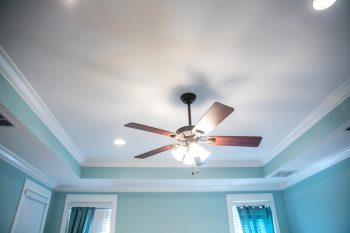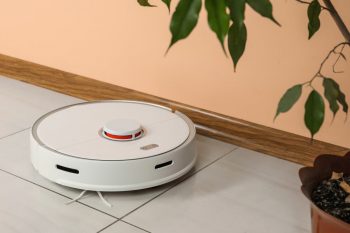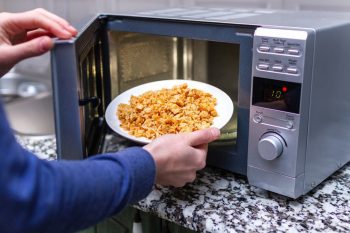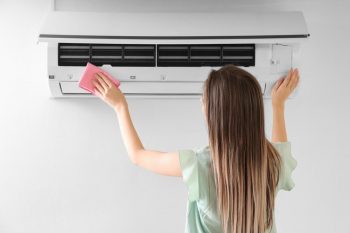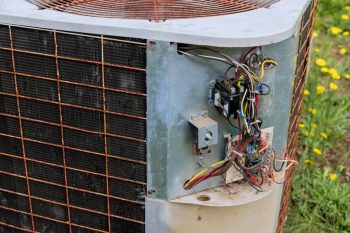
Whether you’re looking to save space in your home or want to upgrade your laundry routine, installing a washer and dryer in your garage can be a game-changer. This comprehensive guide will take you through the step-by-step process of setting up your washer and dryer in the garage, ensuring you can tackle this task with confidence.
To hook up a washer and dryer in your garage, first check local laws and codes. Measure the space, ensuring there is enough room for the appliances and their hookups. Install the necessary electrical outlets, water supply lines, a drain, and a dryer vent. Once these are in place, move the appliances into the garage and connect them to the water supply, drain, and electrical outlets. Test the appliances to ensure they’re working correctly. Always prioritize safety and consider hiring professionals for electrical and plumbing work.
Checking Local Laws and Codes
Before embarking on this project, check your local laws and plumbing/electrical codes. The regulations vary from one place to another, and it’s crucial to ensure you don’t violate any rules in the process. Compliance with these laws and codes will guarantee your safety and the proper functioning of your washer and dryer.
Measuring the Space
An essential first step is to measure the space where you plan to install your washer and dryer. The appliances require adequate room for operation, including space for necessary hookups. The general rule of thumb is to allow at least 1 inch of space on either side of the washer and dryer and 6 inches of space behind the appliances for the hookups.
Installing Electrical Outlets
Washers typically require a 120-volt outlet, while dryers need a 240-volt outlet. If your garage lacks these outlets, you’ll need to hire a professional electrician. Remember, safety is paramount when dealing with electricity, and unless you’re a qualified electrician, it’s advisable not to DIY this step.
Setting Up Water Supply Lines
Your washer will need access to hot and cold water supply lines. If these aren’t present in your garage, you’ll need to have them installed by a plumber. Ensure the connections are secure to prevent water leaks that could cause damage.
Installing a Drain
A drain is needed for the wastewater from your washer. If your garage doesn’t have this, a plumber will need to install one. The standard washing machine drain size is 2 inches, and the minimum requirement is 1 1/2 inches. However, modern washers may require a larger drain to handle larger loads and avoid drainage problems.
Installing a Dryer Vent
The dryer vent is a crucial component that expels hot air and moisture outside. Measure the required length of vent pipe, cut it with a hacksaw, and install it using clamps or plumber’s tape. Venting a dryer into an enclosed space like a garage can lead to lint buildup, mold growth, and structural damage due to increased moisture levels.
Moving the Appliances into the Garage
Once all the necessary hookups are in place, move your washer and dryer into the garage. Position the appliances so that there is enough clearance behind and above, and on the sides. For loading and unloading, allow 36 inches in front of a washer and 42 inches for a dryer.
Connecting the Appliances
After moving the appliances, connect the water supply hoses to the washer, connect the drain hose to the drain, and plug the appliances into their respective electrical outlets. For the dryer, connect the vent pipe to the dryer vent and secure it with clamps or plumber’s tape.
Testing the Appliances
Finally, test the washer and dryer to ensure they’re working correctly. Check for any leaks or other issues. Regularly clean your washer and dryer, including the lint filter, door seals, and hoses. Leave the washer door open after use to allow the interior to dry.
Conclusion
The cost of moving your washer and dryer to the garage can range from $1,060 to $4,475, depending on the complexity of the installation and any additional construction work required. However, the convenience and space-saving benefits can make it a worthwhile investment. Always remember to follow local building codes, prioritize safety, and consult with professionals when necessary.
By following this guide, you can successfully hook up a washer and dryer in your garage, making your laundry routine more efficient and convenient.
Frequently Asked Questions
Can I use an extension cord for my washer and dryer in the garage?
No, it’s not recommended to use an extension cord for your washer and dryer. These appliances draw a lot of power, and using an extension cord can cause overheating and potential fire hazards. It’s best to have a dedicated electrical outlet installed by a professional electrician.
What kind of flooring is best for a washer and dryer in the garage?
A concrete floor is ideal for a washer and dryer in the garage. It’s durable, can handle the weight of the appliances, and is easy to clean. If your garage floor isn’t level, consider using leveling pads under the appliances.
Do I need to insulate my garage if I install a washer and dryer there?
Yes, insulating your garage is recommended if you’re installing a washer and dryer. This can help maintain a consistent temperature, which is important for the efficient operation of your appliances.
Can I install the washer and dryer myself?
While it’s possible to install a washer and dryer yourself, it’s recommended to hire professionals, especially for tasks involving electricity, plumbing, and vent installation. This ensures the job is done safely and in accordance with local codes and regulations.
What should I do if my dryer vent is too long?
If your dryer vent is too long, it can restrict airflow and cause your dryer to work less efficiently. It’s best to keep the vent as short as possible. If it’s too long, consider having a professional re-route it or install a dryer vent booster.

